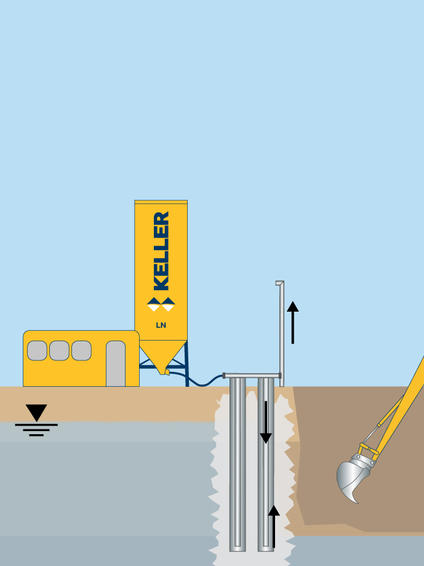Artificial ground freezing converts in situ pore water to ice through the circulation of a chilled liquid via a system of small-diameter pipes placed in drilled holes.

Common uses
Where both support of excavation and groundwater cut-off are required, at significant depth or in difficult ground conditions that preclude the safe use of other more commonplace techniques
Includes deep shafts, cross passages, tunnels with mixed face or difficult ground conditions, and other underground structures
Process
The ice acts to fuse the soil or rock particles together, creating a frozen mass of improved compressive strength and impermeability.
Advantages
Ground Freezing can be employed in a wide variety of soil types including those that can not be improved by conventional grouting
Can be used in situations where only horizontal access is available to the treatment zone
Quality assurance
As a highly specialist technique we rely on the expertise of our engineers and designers who perform this method regular on a global level. From design, to testing, to validation, installation and finally operation, careful safeguards, reviews and testing procedures ensure that the design intents are achieved.